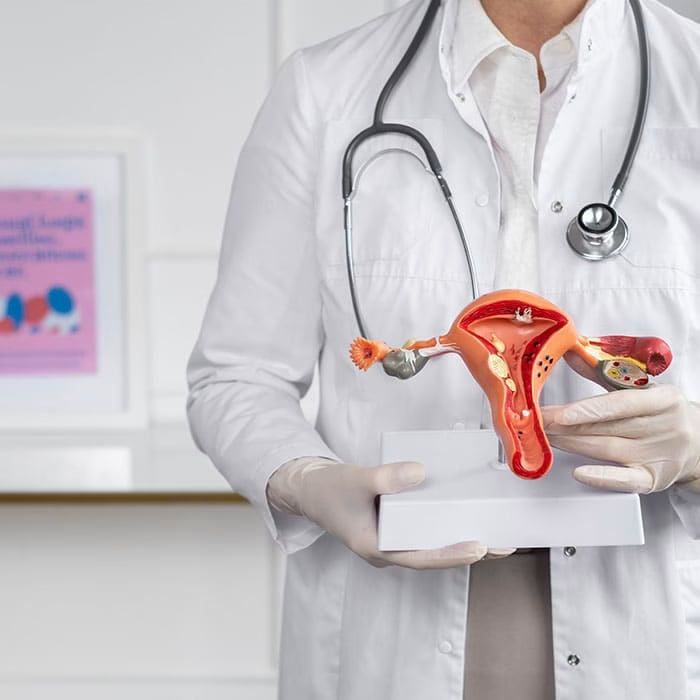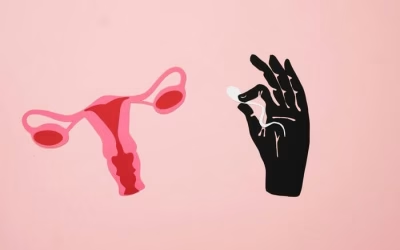Getting a tubal ligation, often referred to as “getting your tubes tied” is a major decision. For many women, it happens at a moment of certainty, confidence, or as part of a medical recommendation. It’s considered a permanent procedure meant to prevent pregnancy by blocking or removing the fallopian tubes. But life is full of unexpected turns. A new partner may enter your life. You may experience loss and rediscover the desire to grow your family. Or maybe, you simply change your mind.
So, can you have children after a tubal ligation?
The medical answer is straightforward: yes, but only through IVF (In Vitro Fertilization).
To understand why, let’s start by taking a look at what’s needed for a natural pregnancy.
5 Key Elements for a Pregnancy to Occur
Pregnancy requires the presence of five fundamental conditions in order to take place, those are:
- A healthy egg, released from the ovaries during ovulation
- Open and functional fallopian tubes, where the egg travels to meet sperm
- Healthy sperm, capable of reaching and fertilizing the egg
- A receptive endometrium, the lining of the uterus, where the embryo implants
- A viable embryo that can continue to develop normally
When the fallopian tubes are blocked or removed, as they are in a tubal ligation, the egg can no longer reach the uterus, and sperm can’t meet the egg. Ovulation still happens, but natural conception becomes impossible.

Types of Tubal Ligation
There are several ways a tubal ligation can be performed. Some happen during a C-section, others through laparoscopy or mini-laparotomy. The most common methods include:
- Cutting and tying the fallopian tubes
- Burning (cauterizing) a section of the tube
- Using clips or rings to clamp them shut
- Removing part or all of the fallopian tubes
Tubal ligation reversal surgery can be an option in some cases, but it’s rarely the first recommendation. Success depends on many factors: your age, the type of ligation you had, how much time has passed, and the overall health of your ovaries. Even when it’s technically possible, fertility doesn’t always return.
IVF: The Path to Pregnancy After Tubal Ligation
If your tubes have been blocked or removed, IVF is the only medical route to pregnancy. This technique bypasses the fallopian tubes altogether. Your ovaries are stimulated to produce eggs, which are retrieved and fertilized in a lab using sperm. Once the embryos form, one is transferred directly into the uterus.
IVF is also the go-to treatment in other cases of blocked tubes caused by:
- Advanced endometriosis
- Pelvic inflammatory disease (PID)
- Previous pelvic surgeries
- Severe infections
One of IVF’s advantages is the ability to genetically test embryos before transfer—helping increase the chances of a successful, healthy pregnancy.

What If You’ve Already Had Children?
This is where the term secondary infertility comes in: the struggle to conceive after having had one or more children. It’s more common than most people think and can carry its own emotional weight. Plenty of women who once felt confident in their decision to get a tubal ligation find themselves now, years later, yearning to expand their family. That feeling is valid. Changing your mind is valid.
The same goes for women facing primary infertility, those who’ve never been pregnant, who are now dealing with age-related fertility decline, particularly after 35, when both egg quality and quantity start to drop.
So, Can You Have a Baby After a Tubal Ligation?
Yes… but it requires expert guidance and a specialized treatment plan. IVF is the only proven method to achieve pregnancy after sterilization. A comprehensive fertility assessment, including ovarian reserve testing, sperm analysis, and evaluation of your uterine lining, is key to planning your next steps.
Assisted reproduction technologies today offer real solutions where doors once seemed closed. If you’re considering expanding your family after sterilization, you’re not alone, and you’re not out of options.
Talk to one of our fertility specialists. We’re here to understand your story, and to help you build the family you dream of, on your terms.



